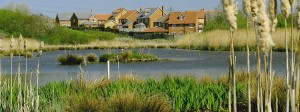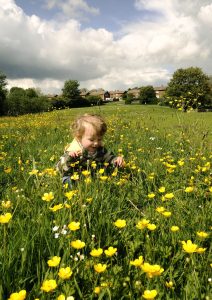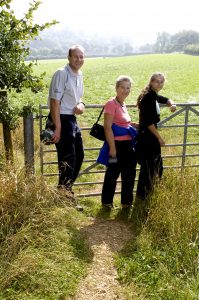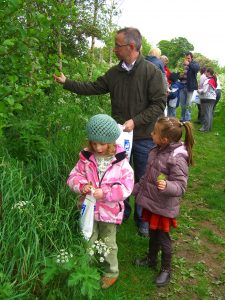Tees Valley Biodiversity
Latest updates:
- NPPF (National Planning Policy Framework) 2019 revision. Biodiversity net gain in planning now a requirement…
- TV-Local-Biodiversity-species-list 2018 update
- Birds of Conservation Concern in the Tees Valley. March 2018 list has been produced by the Teesmouth Bird Club with input from the Tees Valley Wildlife Trust, British Trust for Ornithology and the RSPB (Royal Society for the Protection of Birds).
- UK Biodiversity Indicators 2017
Making Space for Nature – The Lawton Review 2011
In 2010 the government commissioned an independent review of England’s wildlife sites and the connections between them. Led by Professor Sir John Lawton, the review was set up to look at our wildlife sites and whether they are capable of responding and adapting to the growing challenges of climate change and other demands on our land. ‘Making space for nature’: a review of England’s wildlife sites
The natural choice: securing the value of nature – Natural Environment White Paper 2012
The findings of the review helped to inform the Natural Environment White Paper. Within this paper the government stated: ‘We will establish a clear institutional framework to achieve the recovery of nature: We will establish Local Nature Partnerships (LNPs) to strengthen local action. LNPs will enable local leadership and may operate across administrative boundaries. They will raise awareness about the services and benefits of a healthy natural environment. They will contribute to the green economy and complement Local Enterprise Partnerships, with which we are encouraging them to form strong links’
The for-runner of the Tees Valley Nature Partnership (TVNP) was the Tees Valley Biodiversity Action Plan Partnership (TVBP). Their role was to produce and maintain the Tees Valley ‘Local Biodiversity Action Plan’ (TVBAP) based on locally determined priority habitats and species for the Tees Valley. Although the TVBAP no longer exists as a plan the Natural Assets Working Group of the TVNP still maintains a critical element of the Plan in the form of the TV-Local-Biodiversity-species-list
The TVNP has a wider remit than the TVBP, reflecting a landscape scale/natural capital approach. The TVBP partners carried out an immense amount of research, surveying and actions to conserve and enhance biodiversity across the Tees Valley. The TVNP builds on this legacy and is grateful to the tremendous commitment and effort put in by the organisations and individuals concerned.
National & International picture:
National Biodiversity Gateway. Use it to explore UK biodiversity data, as contributed by participating data providers
The international Convention on Biodiversity
How England is implementing international (and EU) commitments Biodiversity 2020: A strategy for England’s wildlife and ecosystem services
Green Infrastructure – GI
National context:
Green Infrastructure (GI) incorporates all types of open spaces, water bodies and other environmental features, in both urban and rural areas. This includes parks and gardens, allotments and playing fields, cemeteries and churchyards, woodlands, rivers and wetlands. Strategically planned, appropriately located, well designed and managed GI performs many different functions which in turn deliver multiple environmental, social, health and economic benefits for local communities.
eftec – Centre for Economic & Social Research Sheffield Hallam University report for Defra & Natural England – GI Contribution to Economic Growth
Benefits of a well planned and managed GI include:
• Improved image: helping to attract businesses and inward investment
• Greater sense of place and pride in the local area
• Mitigates for the effects of climate change, e.g. flood alleviation, carbon storage, cooling urban heat islands
• Increased biodiversity by providing habitats for wildlife
• Health and well-being benefits through places for outdoor relaxation, play, recreation and exercise
• Encourages active and sustainable travel by providing cycle and walking routes
• Increased local food and renewable energy production
• Reduced crime and antisocial behaviour.
In the Tees Valley:
The Tees Valley Unlimited Economic and Regeneration Statement of Ambition (2011) recognises that “efforts to promote economic growth must be matched by a continued improvement in the Tees Valley’s quality of place so that it appeals to prospective workers, residents and visitors; helps to further investor confidence and provides attractive settings for new development. Development and effective management of green infrastructure will play a fundamental role in achieving this, as well as directly supporting the development of a low carbon economy”.
Tees Valley Green Infrastructure Strategy provides an overarching framework for strategic green Infrastructure planning and management. Local green infrastructure strategies and delivery plans have been produced by Stockton Borough Counciland Darlington Borough Council and






